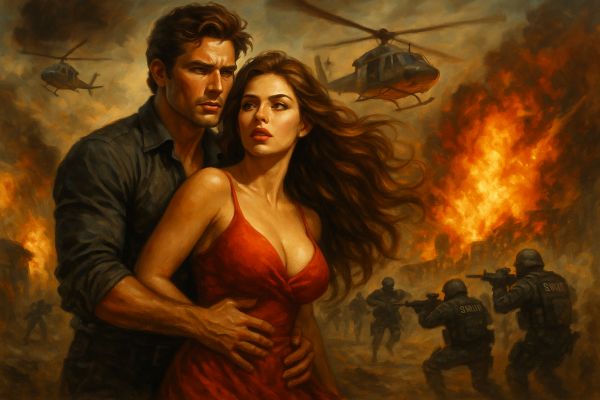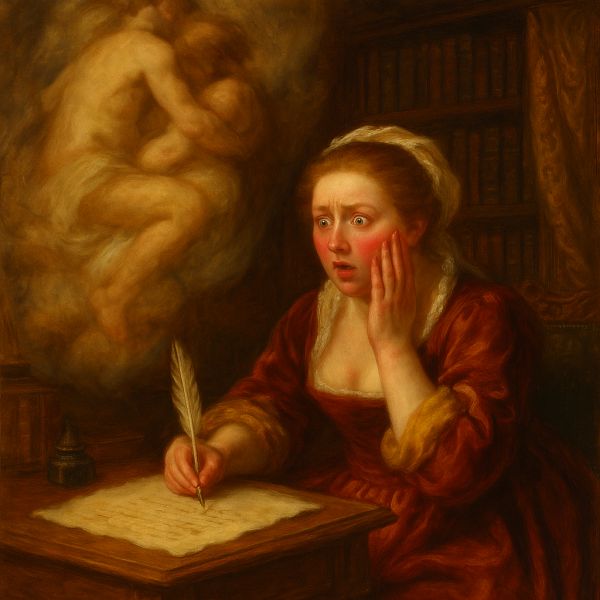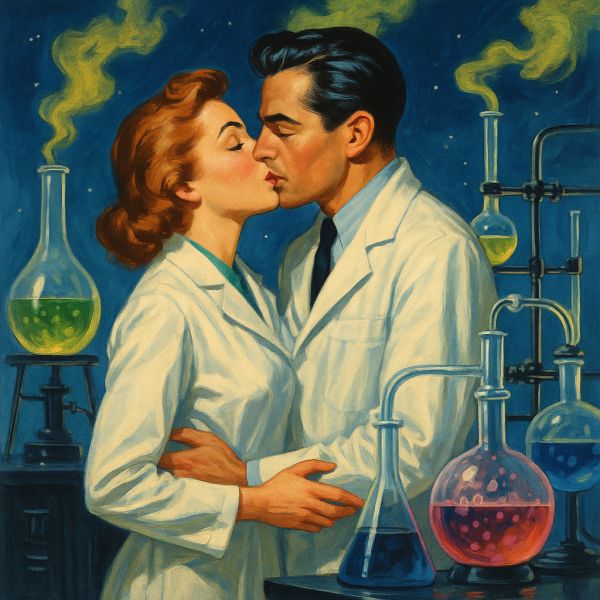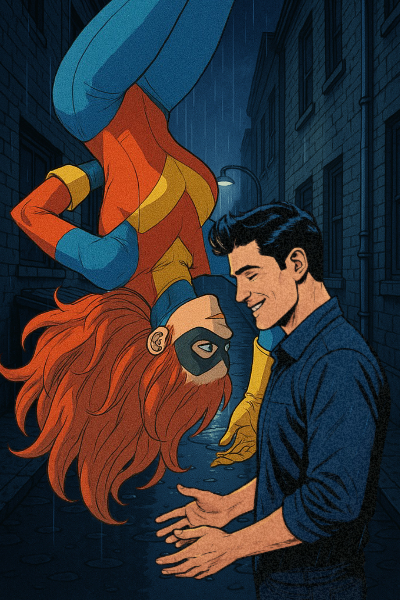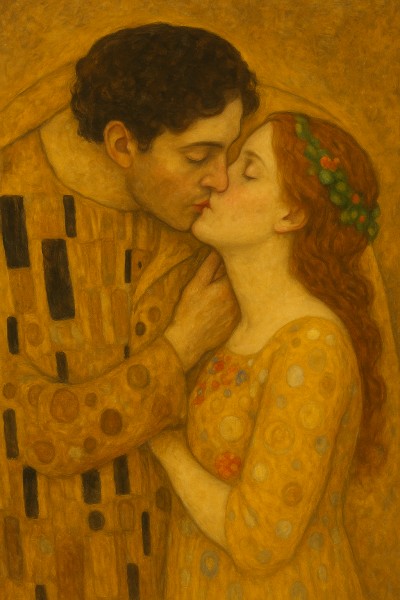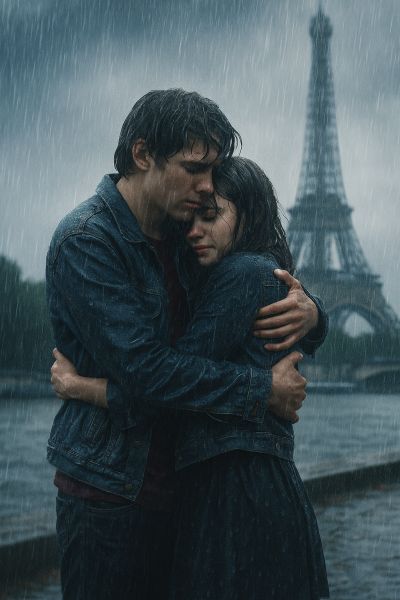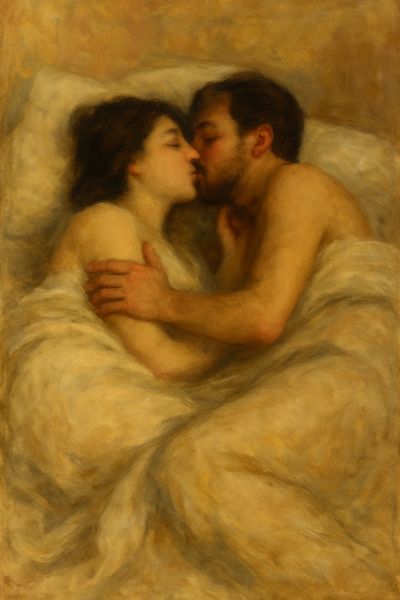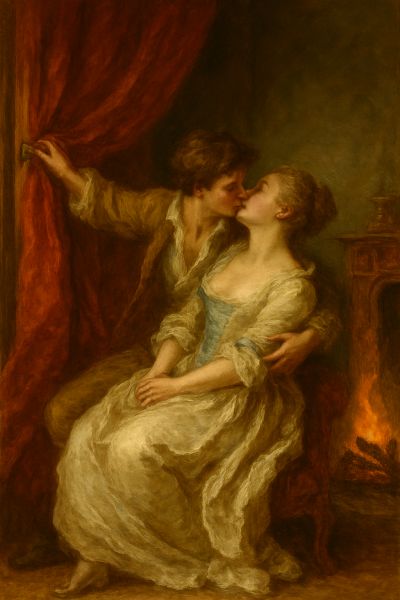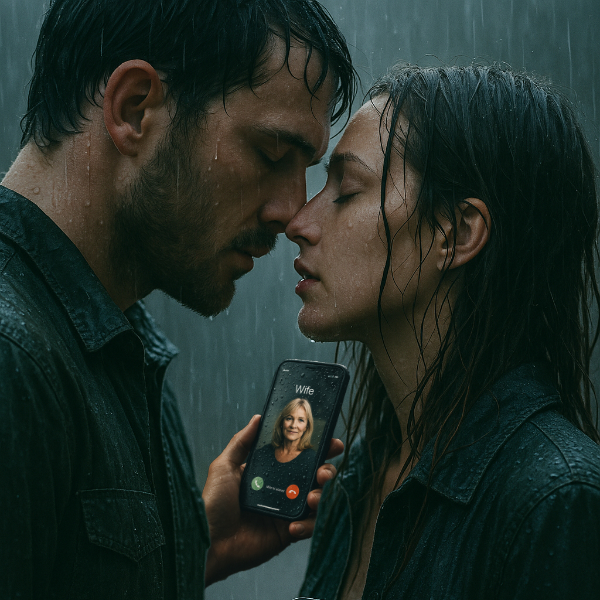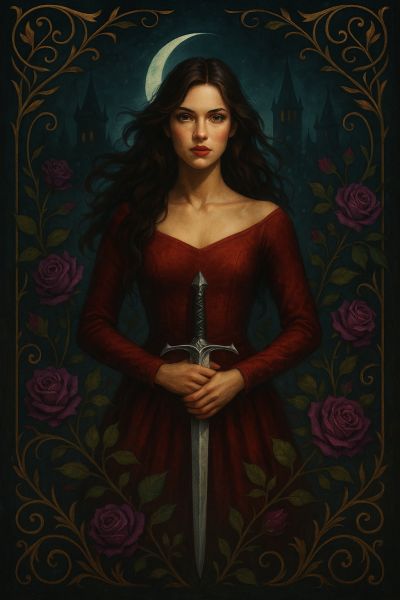
Why romantic fantasy isn’t just a trend—and what it means for writers
Romantasy. If you hadn’t heard the word five years ago, you definitely have now. Whether it’s dominating bestseller lists or crowding the “for you” page of book recommendation sites, romantasy—romantic fantasy—is no longer a niche subgenre. It’s big business, big readership, and for many writers, a golden opportunity.
But why now? What’s driving the explosion of romantasy, and what does it mean if you’re a romance writer looking to branch out?
1. What Is Romantasy?
At its core, romantasy combines two distinct genres:
- Romance: Character-driven stories focused on a developing relationship.
- Fantasy: Settings, magic systems, creatures, and world-building beyond the everyday.
Unlike pure fantasy, where romance might be a subplot, or pure romance, which usually sticks to recognisable real-world rules, romantasy gives equal weight to both. If you remove the romance, the fantasy story feels incomplete. If you remove the fantasy, the romance loses something essential.
Think A Court of Thorns and Roses by Sarah J. Maas, Fourth Wing by Rebecca Yarros, or older titles like Daughter of Smoke and Bone by Laini Taylor. The romance matters. The world matters. And readers expect both to deliver.
2. Why Is It So Popular?
There are a few reasons romantasy has taken off, especially among YA and New Adult readers:
- Escapism with Emotional Punch: Romantic fantasy offers readers a full escape from the real world while still delivering human, relatable emotions.
- BookTok and Social Media Trends: Platforms like TikTok and Instagram have played a major role, pushing certain romantasy titles viral and helping the genre reach wider audiences.
- Crossover Appeal: Romantasy attracts romance readers looking for more adventure, and fantasy readers looking for more heart.
- Ongoing Series and Universes: Many popular romantasy books are part of sprawling series or shared universes, encouraging long-term fan investment.
3. How Is Romantasy Different From Paranormal Romance or Urban Fantasy?
Romantasy is sometimes confused with paranormal romance or urban fantasy, but there are subtle differences:
- Paranormal Romance tends to focus on modern or contemporary settings, often with vampires, werewolves, or other supernatural beings. Romance is still the driver, with fantasy elements as the backdrop.
- Urban Fantasy usually prioritises the fantasy/action plot over romance, often with darker, grittier tones.
- Romantasy commits fully to both: epic world-building and slow-burn, often high-angst romance arcs.
4. Key Tropes That Readers Love
If you’re looking to write romantasy, here are some tropes and elements that consistently resonate:
- Enemies to Lovers
- Fated Mates
- Slow Burn
- Hidden Powers
- Court Intrigue and Betrayal
- Dangerous, Brooding Love Interests
5. Challenges for Writers
Romantasy might be booming, but that doesn’t mean it’s easy to write. Balancing two demanding genres comes with pitfalls:
- Too Much World-Building, Not Enough Romance
- Too Much Romance, Not Enough Plot
- Pacing Issues
- Series Burnout
6. Should You Jump On the Bandwagon?
If you’re a romance writer looking for a new challenge, romantasy might be worth exploring. But only if you genuinely enjoy fantasy world-building. Readers can tell when a book is just ticking boxes, and no amount of viral hype saves a story that doesn’t feel real.
Here are some questions to ask yourself:
- Do you love creating new worlds, magic systems, and lore?
- Can you plot multi-book arcs while keeping the romance compelling?
- Are you ready for heavier word counts and more complex character casts?
Final Thought: More Than a Trend
Romantasy isn’t just a passing phase—it’s a sign of how readers want more from genre fiction. They want big emotions and bigger worlds. Love stories that feel both personal and epic.
If that excites you as a writer, there’s never been a better time to step into the romantasy world. The rise and rise continues.



